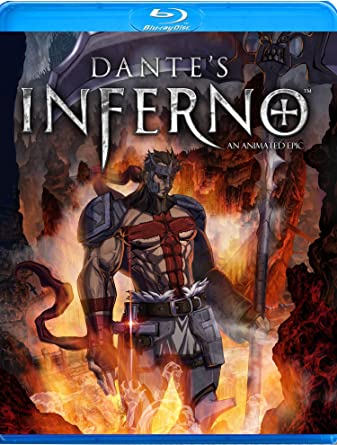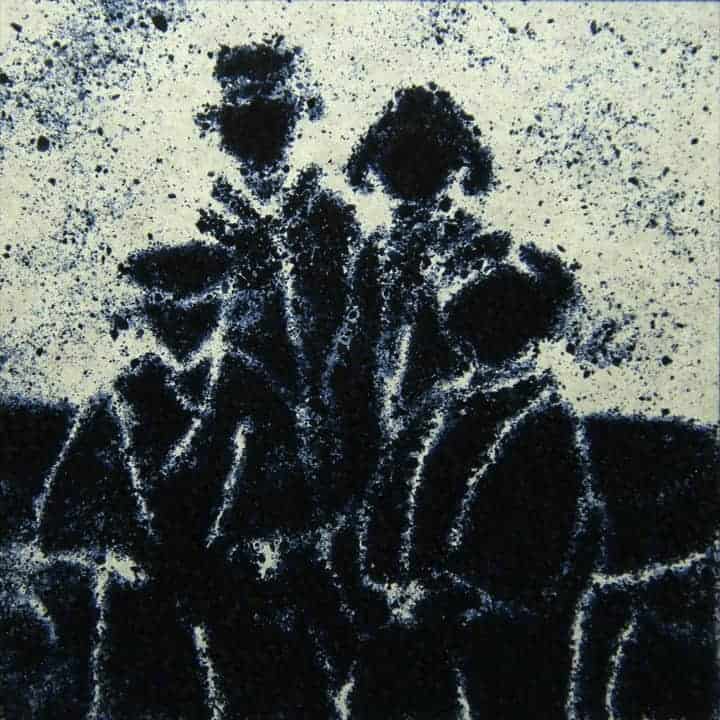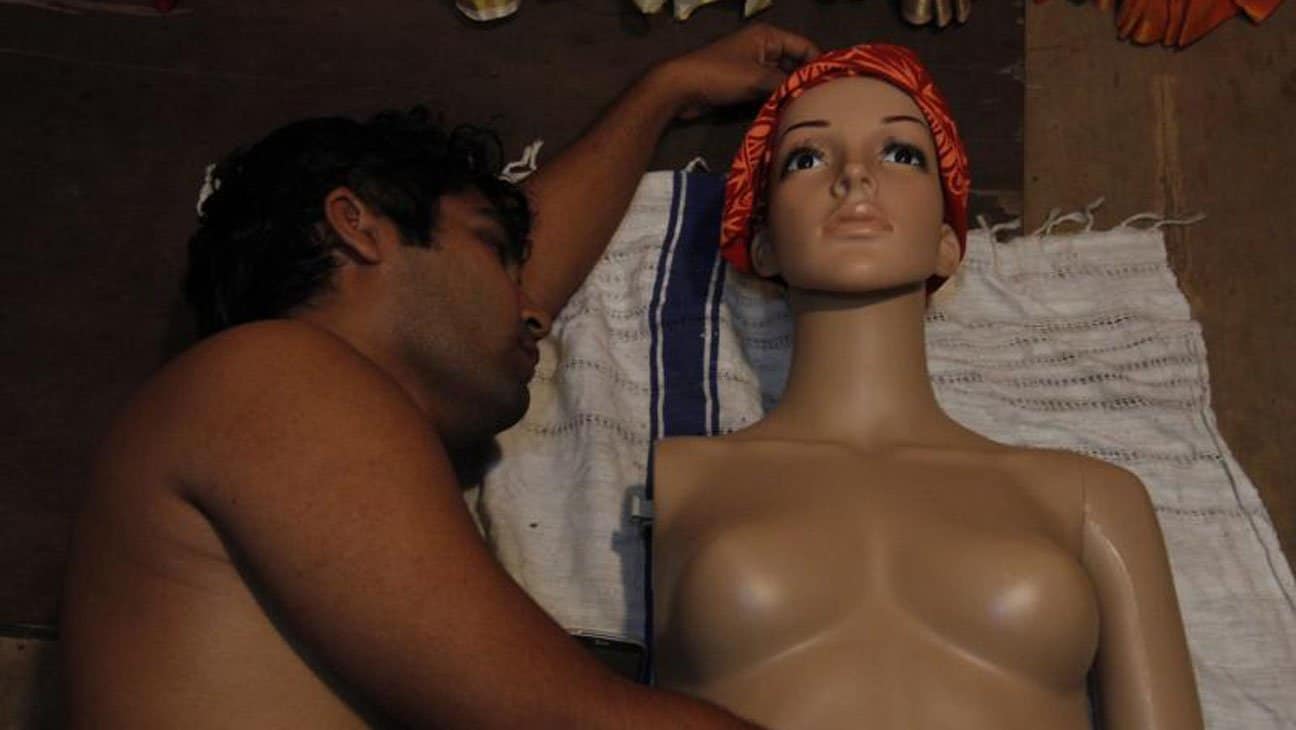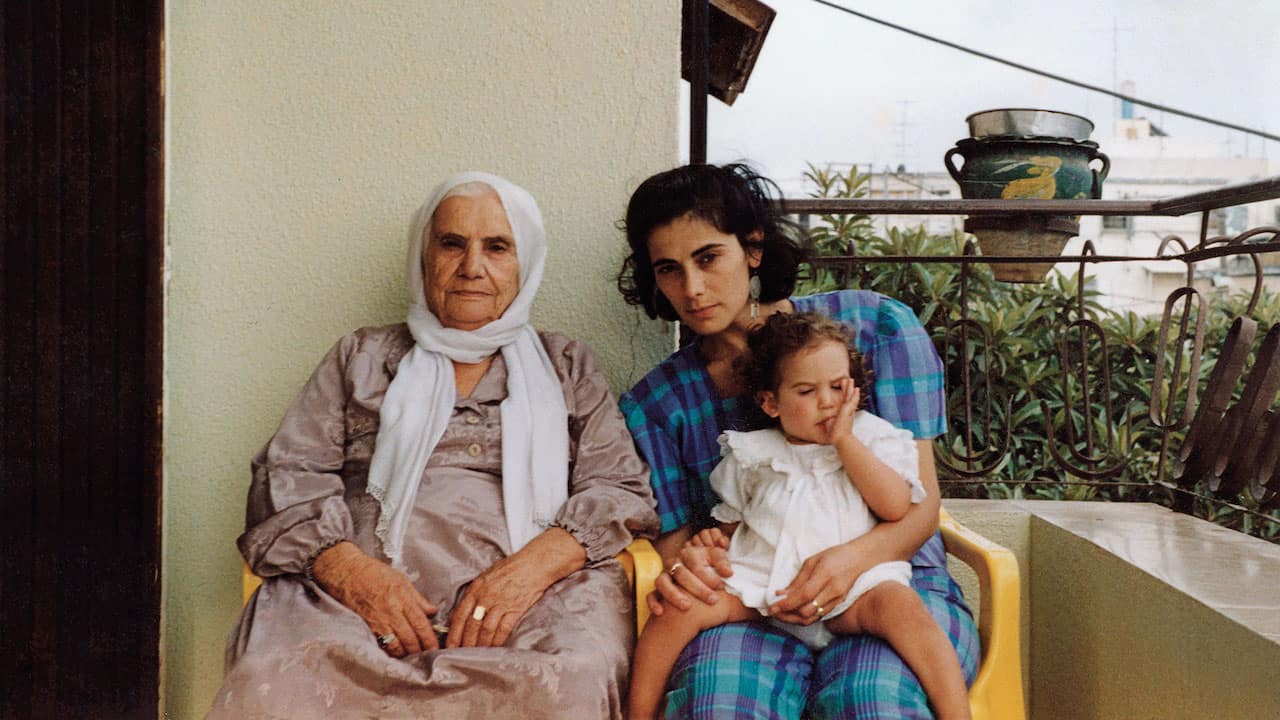Within European literature, there are many landmark moments which have set the tone and inspired many works over centuries, and will likely continue to do given their timeless themes, characters and settings. Among those texts, we find Dante Alighieri's impactful verse epic “Divine Comedy”, the story of a man who ventures into hell, accompanied by Vergil, the famous Roman poet, and observes how the sinners are tortured and made to pay for their deeds on earth. Its impact on philosophy and literature as well as popular culture cannot be measured, especially due to the way Alighieri describes the hierarchy of the underworld as well as the punishments of the sinners. Apart from those types of media already mentioned, its world and characters have also inspired video games such as “Dante's Inferno” and the parallel release of “Dante's Inferno: An Animated Epic”, a feature directed by many filmmakers, each of whom responsible for one of the circles Dante and Vergil travel through on their way to the master of hell, Lucifer.
Buy This Title
After returning home from the crusades, knight Dante finds his home has been destroyed, his servants killed and his great love Beatrice slain. To make matters worse, shortly after his lover has taken her last breath, Lucifer appears, claiming her soul for himself since Dante has betrayed her love and become sinful during his time in the holy land. Although he swears otherwise, the devil will not hear him and disappears into hell, leaving the knight in front of the gates, stripped of his armor, but marked by the sins he has committed in his life. As he is about to give up hope of rescuing Beatrice Vergil, the famous Roman poet, appears at his side, offering his services at guiding him through the various circles of hell.
While Dante and Vergil make their way through the various spheres of hell, with the knight fighting off Lucifer's minions and hearing the stories of the sinners who he sees being punished, he is confronted with his past, realizing how he has led a sinful life and committed unspeakable crimes. Meanwhile, Lucifer introduces his plan to Beatrice, who is supposed to marry him and, given her status as a pure soul, set the foundation for the devil's final descent to God's creation.
As mentioned before, the various episodes or rather circles of hell have been made by a different director. Although the filmmakers involved include a variety of well-known artists, for example, Yasoumi Umetsu (“Kite”) and Shuko Murase (“Witch Hunter Robin”, character designs for “Final Fantasy IX”), it is impossible to assign one director to a specific part of the overall movie. However, this is not necessarily a negative aspect, since “Dante's Inferno: An Animated Epic” works quite well, as a harmonious whole without any of the episodes standing out in terms of quality. While the structure of the majority of them stays the same, except for some of them including flashbacks to Dante's childhood or his crimes during the crusades, they mostly end with the knight fighting a big monster, staying true to the source material which is, after all, the video game.
Despite its repetitive structure, “Dante's Inferno: An Animated Epic” manages to benefit from the aspects which have made the game unique. Apart from the overall world design, there is the central character as well as the historical context of the crusades which deliver quite a lot of depth amid the action and bloodshed. Especially for those who have never played the game, Dante is quite an interesting choice for a protagonist, a man claiming he is virtuous and done wrong by God, but who eventually turns out to be an anti-hero who has committed quite a lot of sins, some of which unspeakable war crimes. Although the history of the crusades remains sketchy at best, its link to the biography of the protagonists is quite a powerful statement about the crimes committed in the name of the church.
Additionally, the animation offers some quite impressive designs, in particular the various circles assigned to the punishment of sinners. Among these episodes, “Limbo” has to be one of the most impressive and haunting, emphasizing the mercilessness of the hereafter and the rigidness of the system differentiating between virtue and sin.
In the end, “Dante's Inferno: An Animated Epic” is an action-filled and quite entertaining animated feature. Given it uses the same source material as the video game from the same year, it also benefits from the same features which made the game special.
















